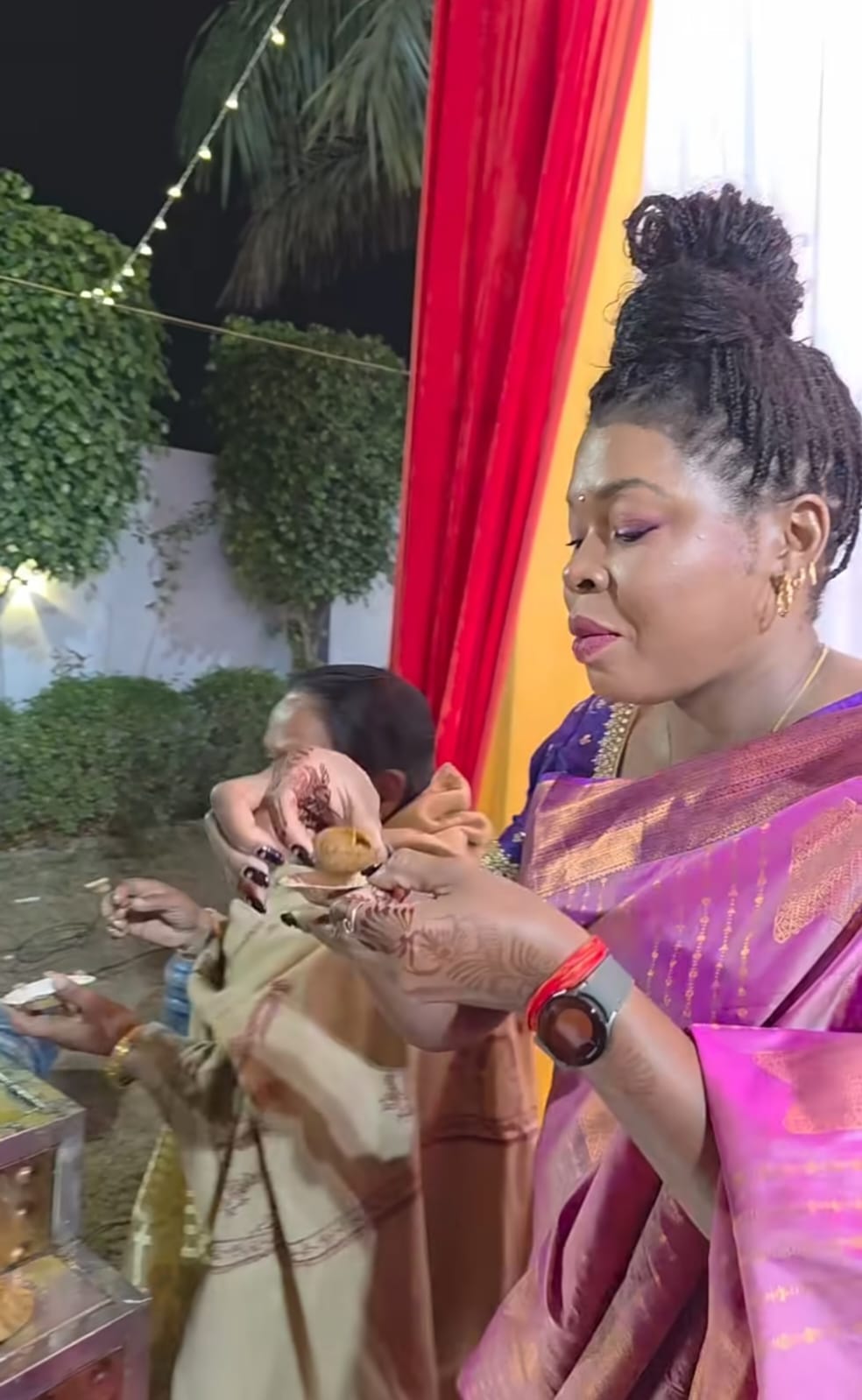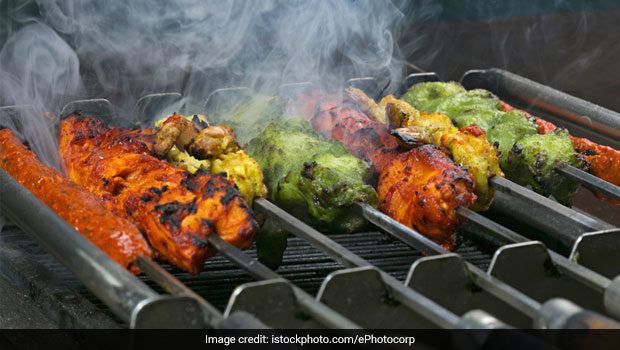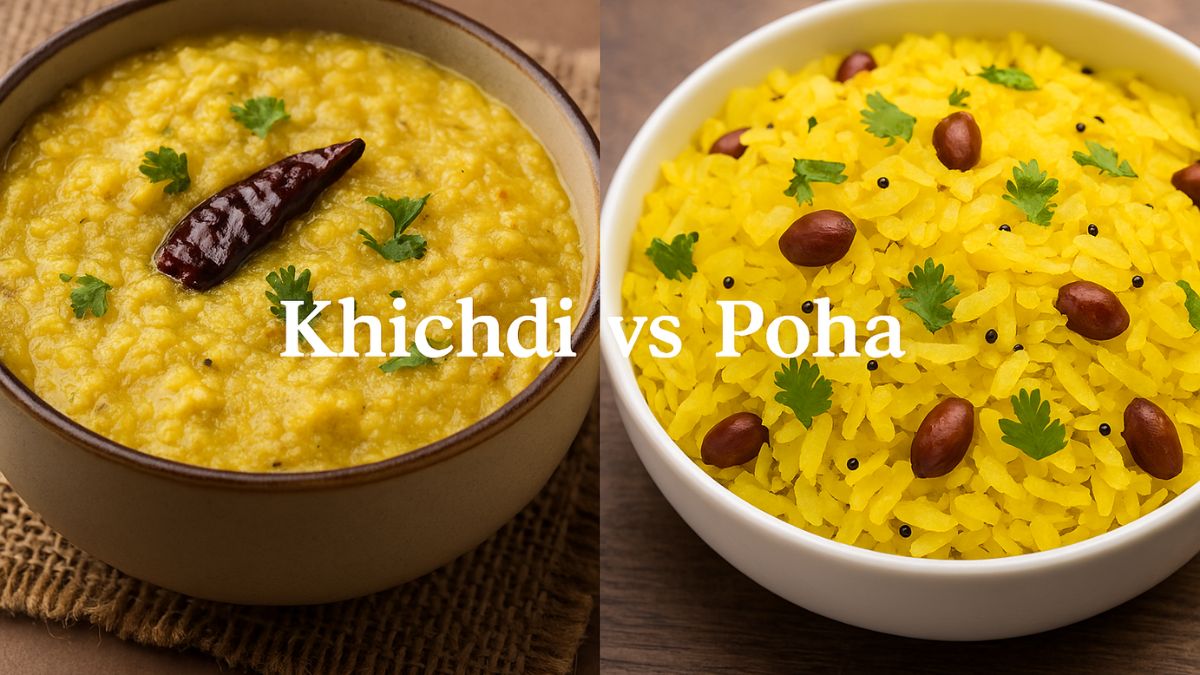For generations, the comforting aroma of ghee-laden paranthas sizzling on the tawa has been a staple of Indian kitchens. Rich, golden, and soul-satisfying, a ghee-cooked parantha is often considered the gold standard of indulgent breakfasts. But as our understanding of food science deepens, even tradition demands a closer look. The question is no longer just about taste, but also how we're cooking and whether we're making a mistake that might silently harm our health.
Can You Make Paranthas with Ghee?
Absolutely - and historically, ghee has been the fat of choice in Indian households for cooking everything from rotis and paranthas to sweets. Its high smoke point, nutty aroma, and health benefits have earned it a revered spot in our diet. Ghee is ideal for shallow frying, giving paranthas that golden crispness without soaking them in excess oil.
However, there's a catch - one that many home cooks miss.
If Your Ghee Starts Smoking Before Your Parantha Does - Pause!
Dietitians Kajal and Bushra recently shared a reminder in an Instagram post: overheating ghee can turn this health-friendly fat into a harmful hazard. Once ghee crosses its smoke point of around 250 degrees C, it begins to break down. The result? The release of toxic compounds like acrolein and trans-fat-like isomers, which the human body finds hard to process. Long-term consumption of foods fried in overheated ghee may increase the risk of heart disease, even if your ingredients are otherwise wholesome.
Also Read: 5 Surprising Reasons You Should Start Drinking Ghee Water Every Morning
Is Ghee Parantha Good for Health?
In moderation and when cooked properly - yes. Ghee is rich in fat-soluble vitamins like A, D, E, and K, and also contains butyrate, a short-chain fatty acid linked to gut health and reduced inflammation. It can even help you feel full for longer and assist in the absorption of nutrients.
But when you cook paranthas on high flame and let the ghee smoke, you undo many of these benefits. Overheating destroys those very vitamins. What's worse, high temperatures - particularly in combination with the carbohydrates in wheat - can lead to the formation of Advanced Glycation End Products (AGEs). These molecules are linked to oxidative stress, premature ageing, chronic inflammation, and worsening insulin resistance.
So, what's the solution? It's simple: keep the flame on medium. Allow your parantha to cook gradually, letting the ghee coat it slowly. Use a heavy-bottomed pan to distribute heat evenly, and cook before it smokes.
Also Read: 6 Smart Tips To Make Perfect Stuffed Parathas Without Breakage
Ghee and paranthas can still be best friends in your kitchen. But like all good friendships, the magic lies in respect - in this case, for the temperature. Let your parantha be a treat, not a toxic trap.
About Neha GroverLove for reading roused her writing instincts. Neha is guilty of having a deep-set fixation with anything caffeinated. When she is not pouring out her nest of thoughts onto the screen, you can see her reading while sipping on coffee.









